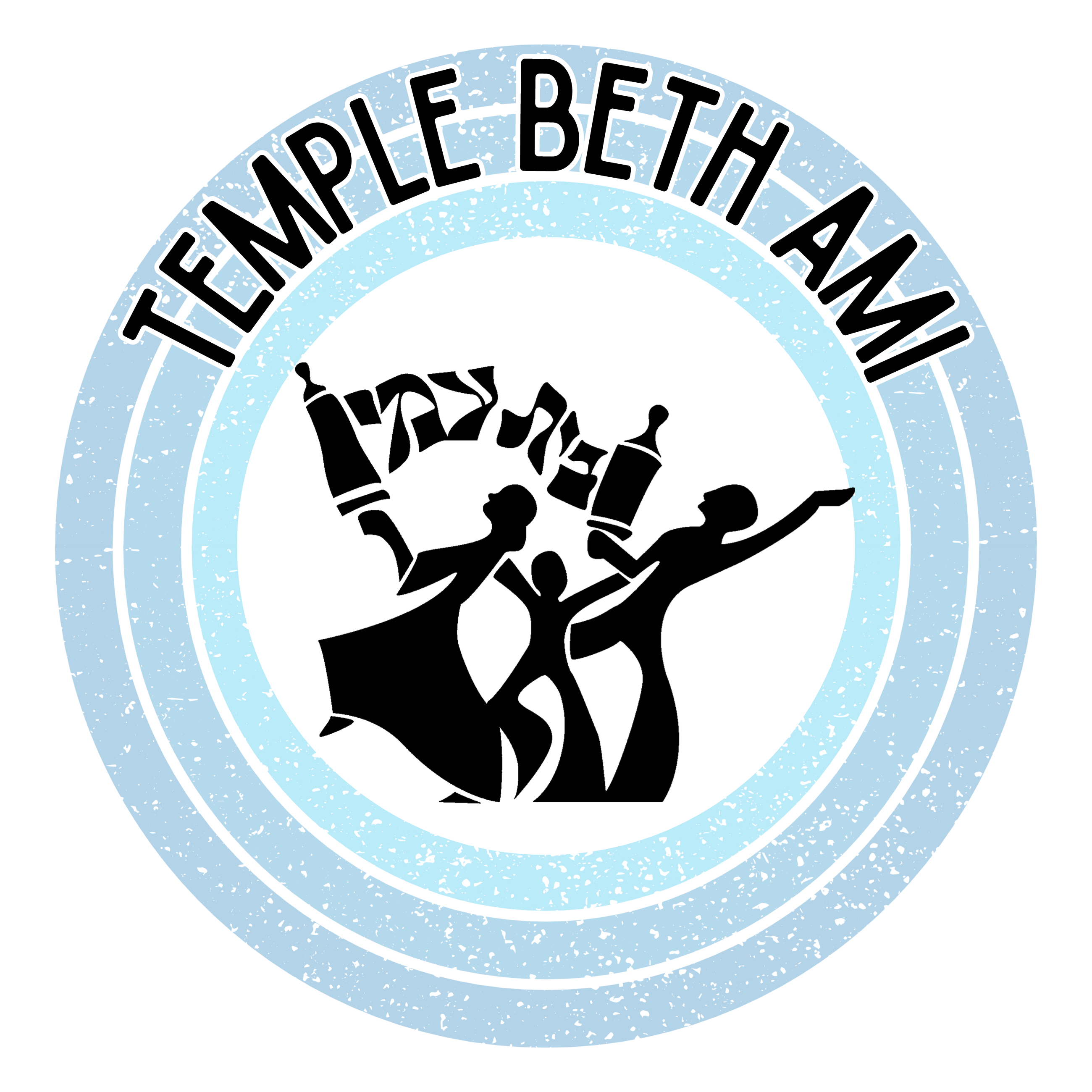Shemini 5783
Lev. 9:1 – 11:47
Rabbi Gary Pokras
In parashat Shemini we read about the physical characteristics necessary for an animal to be kosher: it must have true hooves (with clefts) and it must chew its cud. Then, to make sure that we understand that both characteristics are necessary, the Torah gives us several examples of animals who only have one of the two requirements and are therefore “unclean.” [Lev. 11:3-7]
Rabbi Mordechai Dov, in Sefer Hazon LeMo’ed connects this passage with a discussion by the ancient rabbis.1 They taught that true hooves are an external characteristic while chewing the cud is an internal characteristic. Therefore, the four animals that are missing one of the two requirements represent distinct types of spiritual failure, or even corruption. The first three animals, the camel, the rabbit and the arnevet (another kind of rabbit) all chew their cud, but they do not have cloven hooves. They have the internal characteristic of the kosher animal, but not the external characteristic. The Sages compared this to a person who internally recognizes God as the Supreme, but do not act according to the values and laws of Judaism. There is nothing in their external lives to reflect the spiritual awareness they keep inside.
The fourth example, the pig, is the exact opposite. A pig has cloven hooves (the external feature) but does not chew its cud (the internal feature). The Sages compared this to the person who seems kosher on the outside, but on the inside only believes in their own power, instead of God.
In this conversation of the Sages, Rabbi Yochanan ben Zakkai asked why the second kind of spiritual failure is worse that the first? The answer is those who do not act on their belief know that what they do is wrong, but those who are corrupt on the inside do not. Living in the Second Temple period, Rabbi Yochanan delivered this teaching as a critique against the generations of his time. Elsewhere, the rabbis teach through a famous story of two people (Kamtza and Bar Kamtza) that the greatest sin of their time of sinat hinam (baseless hatred). The hatred between these two Jews led, ultimately, to the destruction of the Second Temple and the Jewish Commonwealth by the Romans.2
Are we any better today? In our generation there are many divisions within Am Yisrael, the Jewish people: religious affiliation or lack thereof; differences between Israelis and the Diaspora; intense political differences within the State of Israel; and more. Let us not only pray for, but work towards the removal of sinat hinam from our own hearts. If the laws of kashrut are a spiritual expression of “we are what we eat” let us strive to be kosher inside and out and bring reconciliation and peace to our world.

